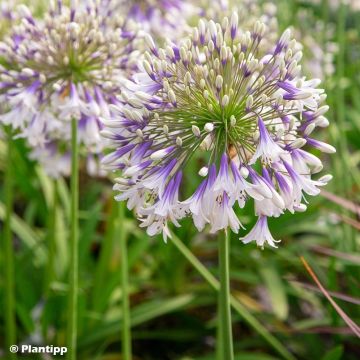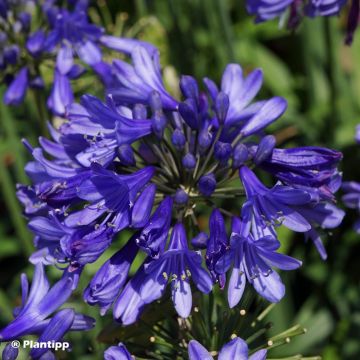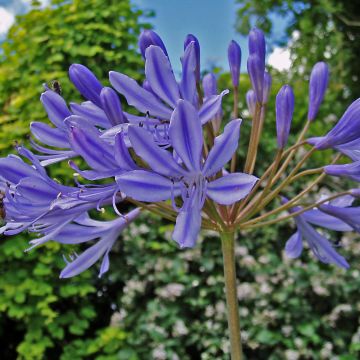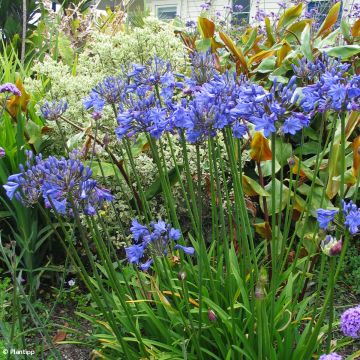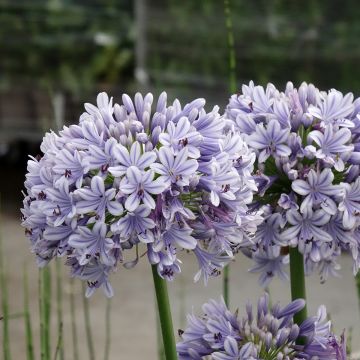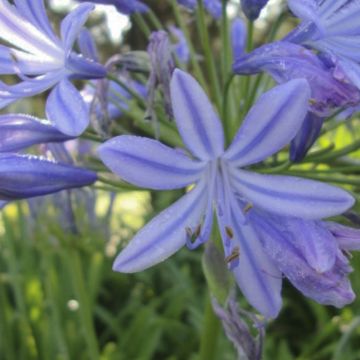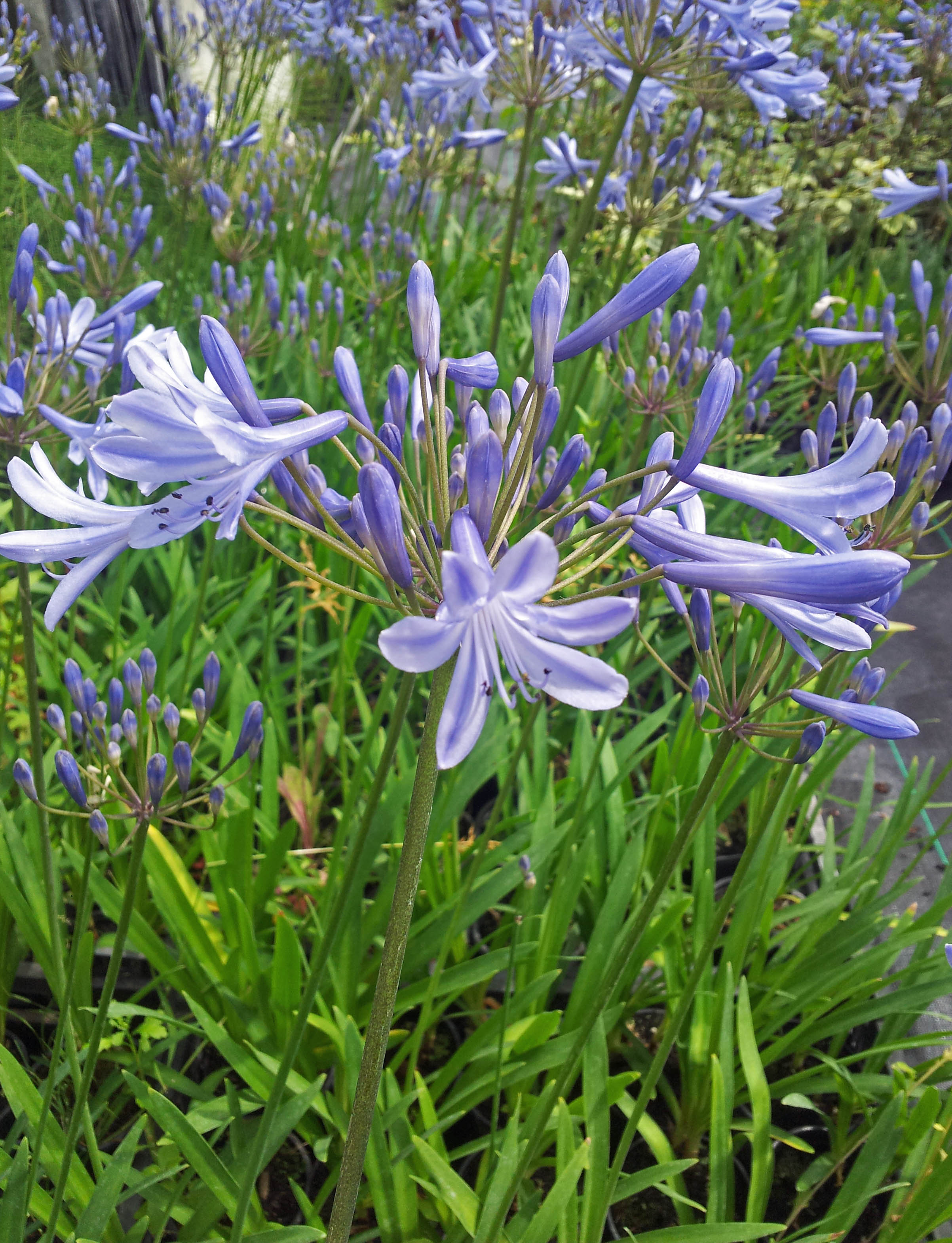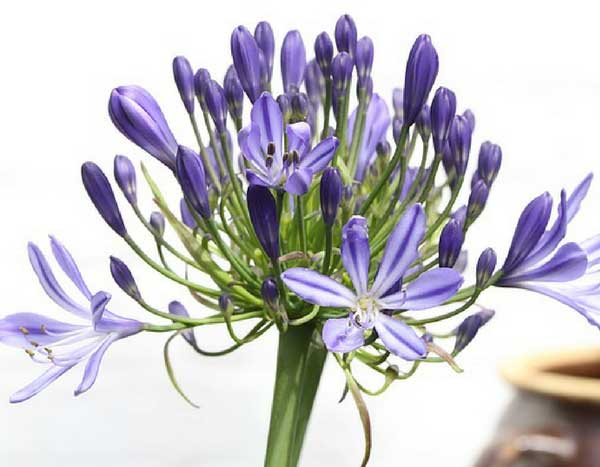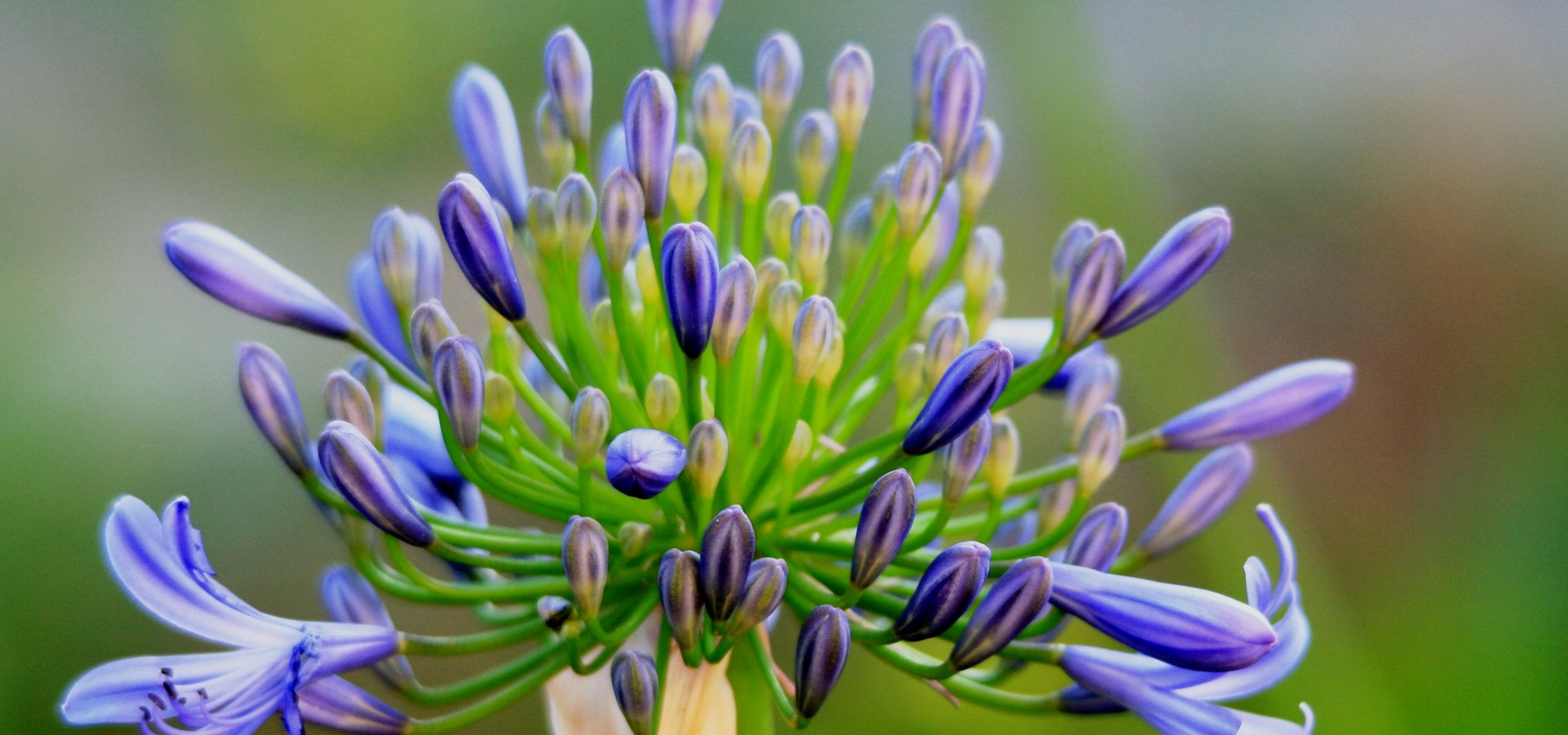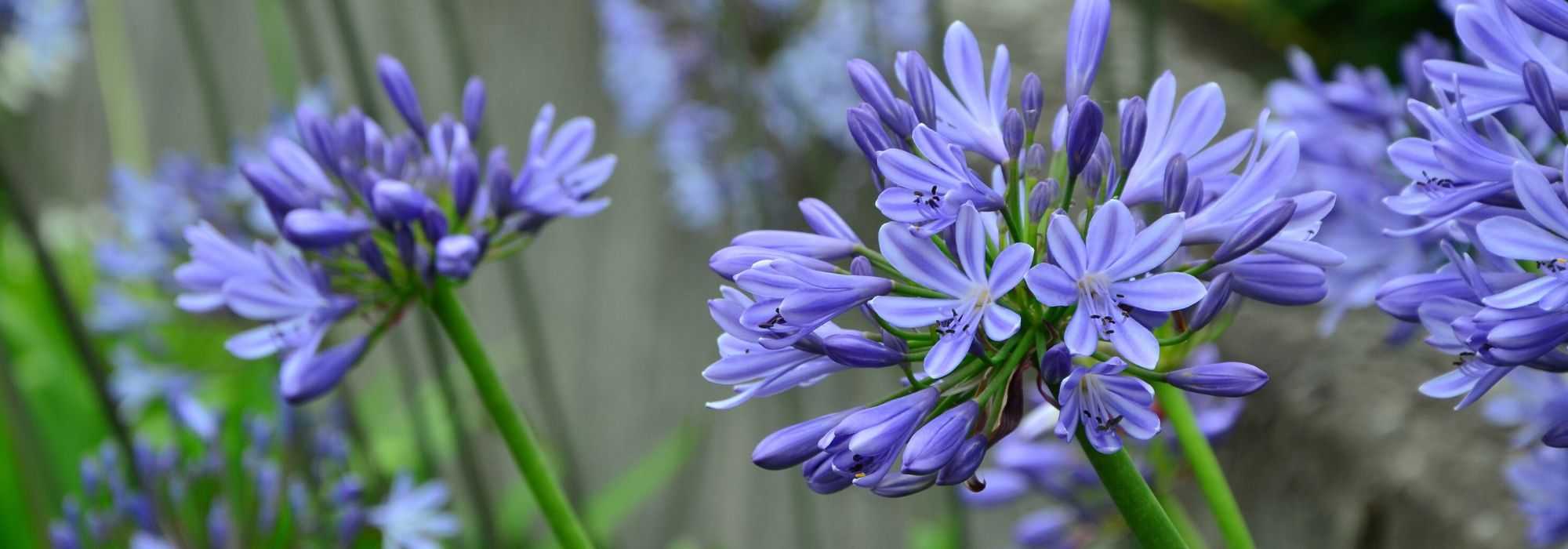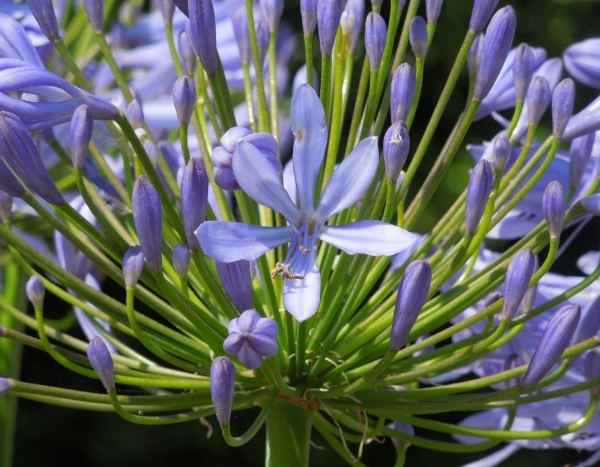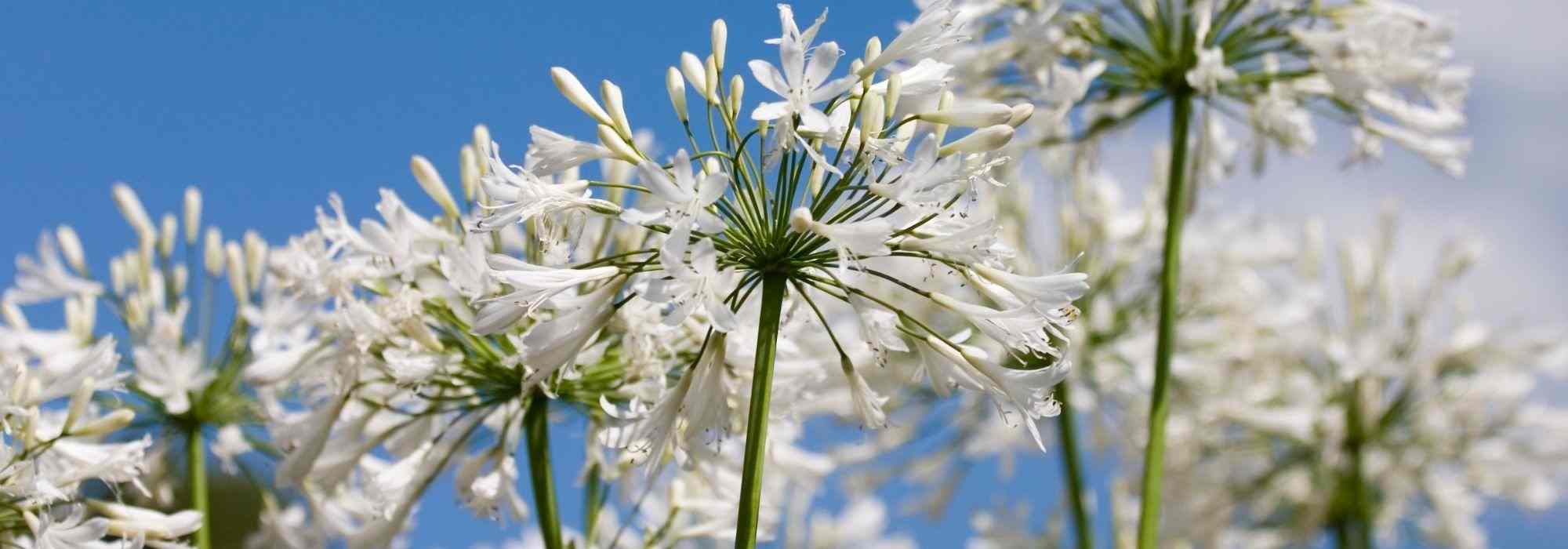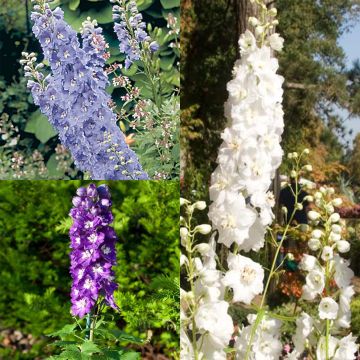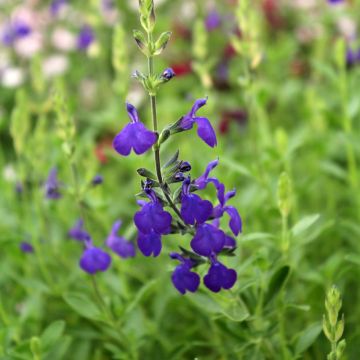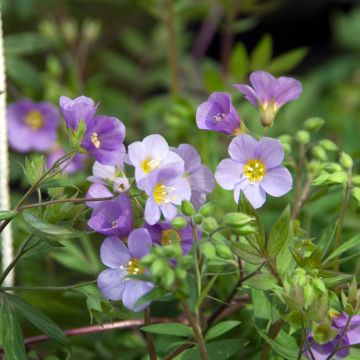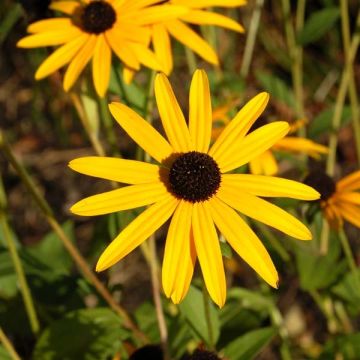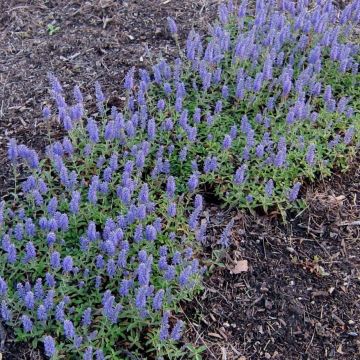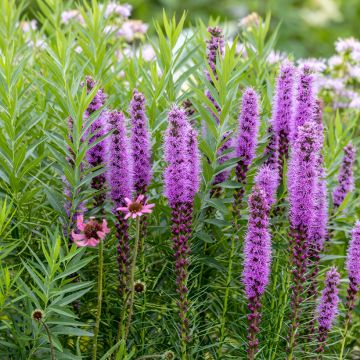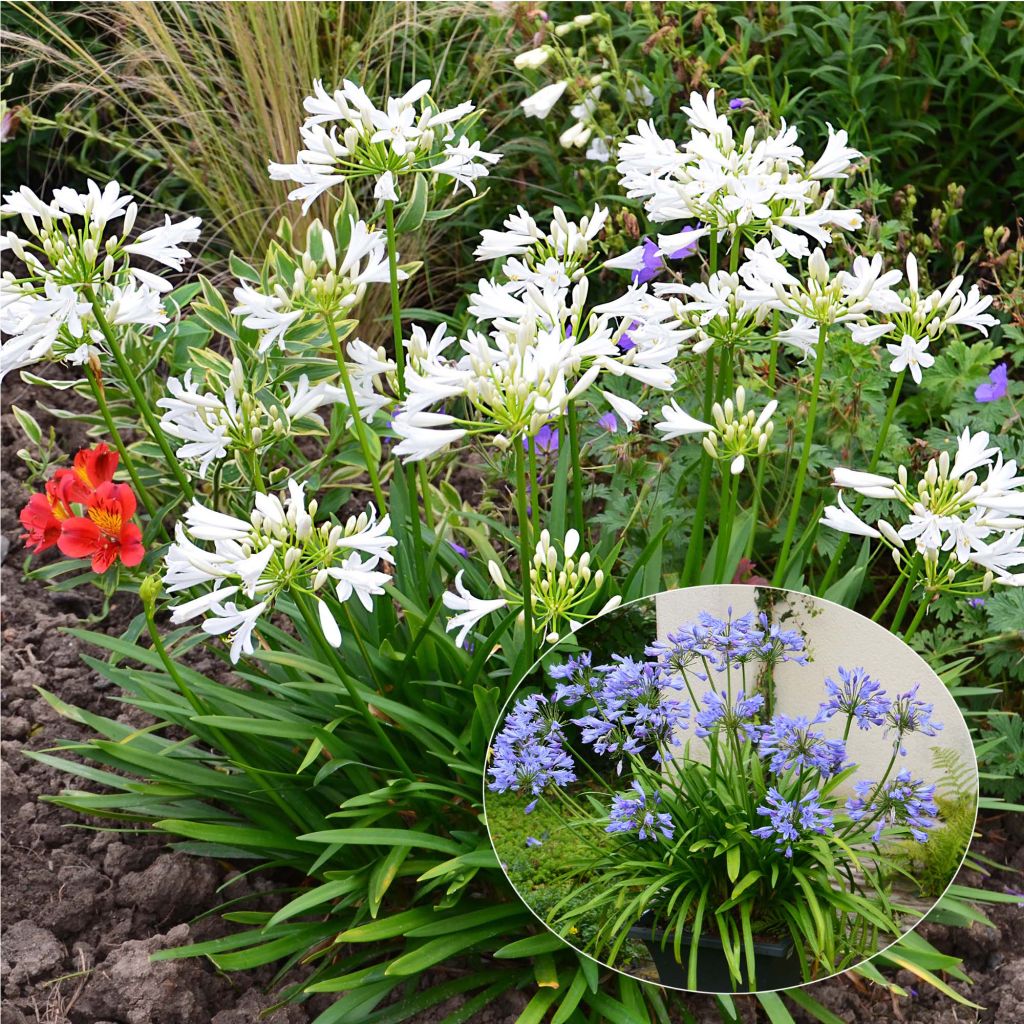

A Duo of Agapanthus Pitchoune
A Duo of Agapanthus Pitchoune
Agapanthus africanus Pitchoune Blue et Pitchoune White
Very pleased with the Pitchoune blue and white agapanthus that bloomed all summer. Brilliant, I will order more in March.
Daniel, 08/10/2019
Special offer!
Receive a €20 voucher for any order over €90 (excluding delivery costs, credit notes, and plastic-free options)!
1- Add your favorite plants to your cart.
2- Once you have reached €90, confirm your order (you can even choose the delivery date!).
3- As soon as your order is shipped, you will receive an email containing your voucher code, valid for 3 months (90 days).
Your voucher is unique and can only be used once, for any order with a minimum value of €20, excluding delivery costs.
Can be combined with other current offers, non-divisible and non-refundable.
Home or relay delivery (depending on size and destination)
Schedule delivery date,
and select date in basket
This plant carries a 12 months recovery warranty
More information
We guarantee the quality of our plants for a full growing cycle, and will replace at our expense any plant that fails to recover under normal climatic and planting conditions.

Would this plant suit my garden?
Set up your Plantfit profile →
Collection items (2 plants)
Description
A pair of semi-evergreen agapanthus from the Pitchoune series that stand out for their small size and many flowers. Their flower umbels are produced abundantly in summer. The flowers of Pitchoune Blue are a beautiful ultramarine blue, while those of Pitchoune White are pure white. Their rather wide ribbon-like foliage remains green even in winter in mild climates. These two undemanding but not very hardy perennials are ideal for adding a touch of elegance to balconies, terraces, borders, and sunny flowerbeds.
This pair consists of:
1 Agapanthus Pitchoune Blue : reaching a height of 40 cm (16in) when in bloom and 50 cm (20in) wide, it flowers in the middle of summer in compact umbels, with 20 to 50 very deep blue flowers. It is hardy up to about -8°C.
1 Agapanthus Pitchoune White : 60 cm (24in) tall and 50 cm (20in) wide. It can bloom as early as late June, with compact umbels, 12 to 15 cm (5 to 6in) wide, and 20 to 50 white star-shaped flowers. This bulbous plant is hardy up to about -6°C with winter protection.
These new hybrid Pitchoune agapanthus belong to the Lilaceae family. They descend from different species native to South Africa, including Agapanthus africanus, which is quite short and native to the Western Cape province. These perennials grow from a short rootstock with fleshy roots. They form a compact clump with medium green ribbon-like leaves, which are more or less evergreen depending on the severity of the winter.
The Pitchoune Agapanthus can be used in the foreground or background of flowerbeds, or to border pathways in mild climates. In cooler regions, it can be placed on the patio in a large, attractive pot that allows the plant to produce numerous flower stalks. This method of cultivation has the advantage of being able to store the plant indoors during winter in a bright and cool place, protected from severe frosts. For example, associate Pitchoune agapanthus with Tulbaghia, mauve to pink Cleomes, a small pink-flowered oleander or The Fairy rose. Agapanthus also make good companions for hybrid tea roses. It is a plant that thrives by the seaside, in a cottage garden, and even in a city garden. When cut and placed in a vase, the flowers bring freshness and a lot of uniquenss to the home.
Flowering
Foliage
Plant habit
Botanical data
Agapanthus
africanus
Pitchoune Blue et Pitchoune White
Liliaceae
Cultivar or hybrid
Other Agapanthus - Lily of the Nile
View all →Planting and care
The 'Pitchoune' Agapanthus should be grown in full sun in a hot location, in a protected and south-facing area. Place it in a rich and moist but very well-drained soil to improve its hardiness. While it can adapt to summer drought, the agapanthus will flower more abundantly with some watering. In mild oceanic climates, it can manage on its own. Regularly water the agapanthus during the growth period (twice a week), but not in winter. Mulch the base with a layer of dead leaves about 20 cm (8in) thick, covered with a net to prevent wind damage. Snow also provides excellent protection against excessive moisture and cold. If potted, bring the plant indoors to a non-heated location to protect it from severe frost. When planting, place them 10 cm (4in) deep in a mixture of leaf compost and soil. Once established in the ground, avoid disturbing the agapanthus. Remove faded leaves in autumn. Cut back the flower stalks to prevent the plant from exhausting itself by producing seeds.
Planting period
Intended location
Care
Planting & care advice
-
, onOrder confirmed
Reply from on Promesse de fleurs
Similar products
Haven't found what you were looking for?
Hardiness is the lowest winter temperature a plant can endure without suffering serious damage or even dying. However, hardiness is affected by location (a sheltered area, such as a patio), protection (winter cover) and soil type (hardiness is improved by well-drained soil).

Photo Sharing Terms & Conditions
In order to encourage gardeners to interact and share their experiences, Promesse de fleurs offers various media enabling content to be uploaded onto its Site - in particular via the ‘Photo sharing’ module.
The User agrees to refrain from:
- Posting any content that is illegal, prejudicial, insulting, racist, inciteful to hatred, revisionist, contrary to public decency, that infringes on privacy or on the privacy rights of third parties, in particular the publicity rights of persons and goods, intellectual property rights, or the right to privacy.
- Submitting content on behalf of a third party;
- Impersonate the identity of a third party and/or publish any personal information about a third party;
In general, the User undertakes to refrain from any unethical behaviour.
All Content (in particular text, comments, files, images, photos, videos, creative works, etc.), which may be subject to property or intellectual property rights, image or other private rights, shall remain the property of the User, subject to the limited rights granted by the terms of the licence granted by Promesse de fleurs as stated below. Users are at liberty to publish or not to publish such Content on the Site, notably via the ‘Photo Sharing’ facility, and accept that this Content shall be made public and freely accessible, notably on the Internet.
Users further acknowledge, undertake to have ,and guarantee that they hold all necessary rights and permissions to publish such material on the Site, in particular with regard to the legislation in force pertaining to any privacy, property, intellectual property, image, or contractual rights, or rights of any other nature. By publishing such Content on the Site, Users acknowledge accepting full liability as publishers of the Content within the meaning of the law, and grant Promesse de fleurs, free of charge, an inclusive, worldwide licence for the said Content for the entire duration of its publication, including all reproduction, representation, up/downloading, displaying, performing, transmission, and storage rights.
Users also grant permission for their name to be linked to the Content and accept that this link may not always be made available.
By engaging in posting material, Users consent to their Content becoming automatically accessible on the Internet, in particular on other sites and/or blogs and/or web pages of the Promesse de fleurs site, including in particular social pages and the Promesse de fleurs catalogue.
Users may secure the removal of entrusted content free of charge by issuing a simple request via our contact form.
The flowering period indicated on our website applies to countries and regions located in USDA zone 8 (France, the United Kingdom, Ireland, the Netherlands, etc.)
It will vary according to where you live:
- In zones 9 to 10 (Italy, Spain, Greece, etc.), flowering will occur about 2 to 4 weeks earlier.
- In zones 6 to 7 (Germany, Poland, Slovenia, and lower mountainous regions), flowering will be delayed by 2 to 3 weeks.
- In zone 5 (Central Europe, Scandinavia), blooming will be delayed by 3 to 5 weeks.
In temperate climates, pruning of spring-flowering shrubs (forsythia, spireas, etc.) should be done just after flowering.
Pruning of summer-flowering shrubs (Indian Lilac, Perovskia, etc.) can be done in winter or spring.
In cold regions as well as with frost-sensitive plants, avoid pruning too early when severe frosts may still occur.
The planting period indicated on our website applies to countries and regions located in USDA zone 8 (France, United Kingdom, Ireland, Netherlands).
It will vary according to where you live:
- In Mediterranean zones (Marseille, Madrid, Milan, etc.), autumn and winter are the best planting periods.
- In continental zones (Strasbourg, Munich, Vienna, etc.), delay planting by 2 to 3 weeks in spring and bring it forward by 2 to 4 weeks in autumn.
- In mountainous regions (the Alps, Pyrenees, Carpathians, etc.), it is best to plant in late spring (May-June) or late summer (August-September).
The harvesting period indicated on our website applies to countries and regions in USDA zone 8 (France, England, Ireland, the Netherlands).
In colder areas (Scandinavia, Poland, Austria...) fruit and vegetable harvests are likely to be delayed by 3-4 weeks.
In warmer areas (Italy, Spain, Greece, etc.), harvesting will probably take place earlier, depending on weather conditions.
The sowing periods indicated on our website apply to countries and regions within USDA Zone 8 (France, UK, Ireland, Netherlands).
In colder areas (Scandinavia, Poland, Austria...), delay any outdoor sowing by 3-4 weeks, or sow under glass.
In warmer climes (Italy, Spain, Greece, etc.), bring outdoor sowing forward by a few weeks.


































